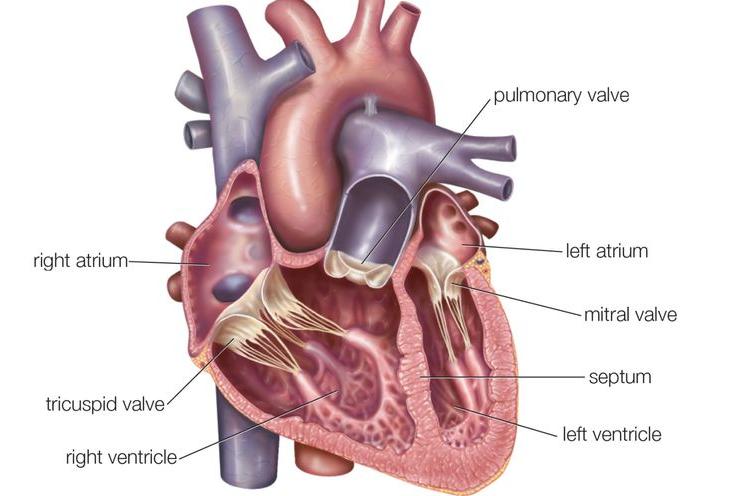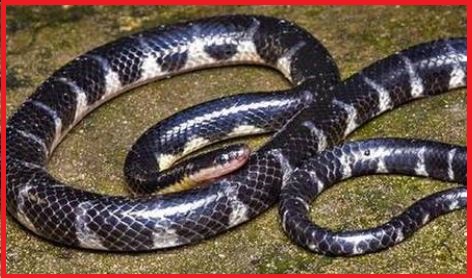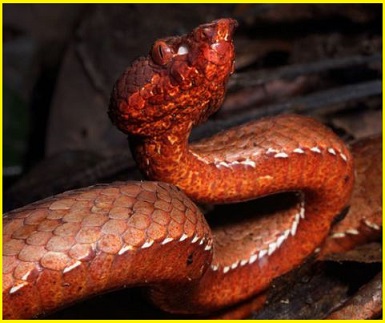Updated By: LatestGKGS Desk
Biology: Double Circulation of blood, parts, mechanism in the body

Double Circulation of the Blood in an organism
The deoxygenated blood pumped into the pulmonary artery is passed on to the lungs from where the oxygenated blood is carried by the pulmonary veins into the left atrium. This pathway constitutes the pulmonary circulation.
The oxygenated blood entering the aorta is carried by a network of arteries, arterioles, and capillaries to the tissues from where the deoxygenated blood is collected by a system of venules, veins, and vena cava and emptied into the right atrium.
The systemic circulation provides nutrients, O2, and other essential substances to the tissues and takes CO2 and other harmful substances away for elimination.
A unique vascular connection exists between the digestive tract and liver called hepatic portal system. The hepatic portal vein carries blood from the intestine to the liver before it is delivered to the systemic circulation.
A special coronary system of blood vessels is present in our body exclusively for the circulation of blood to and from the cardiac musculature.


